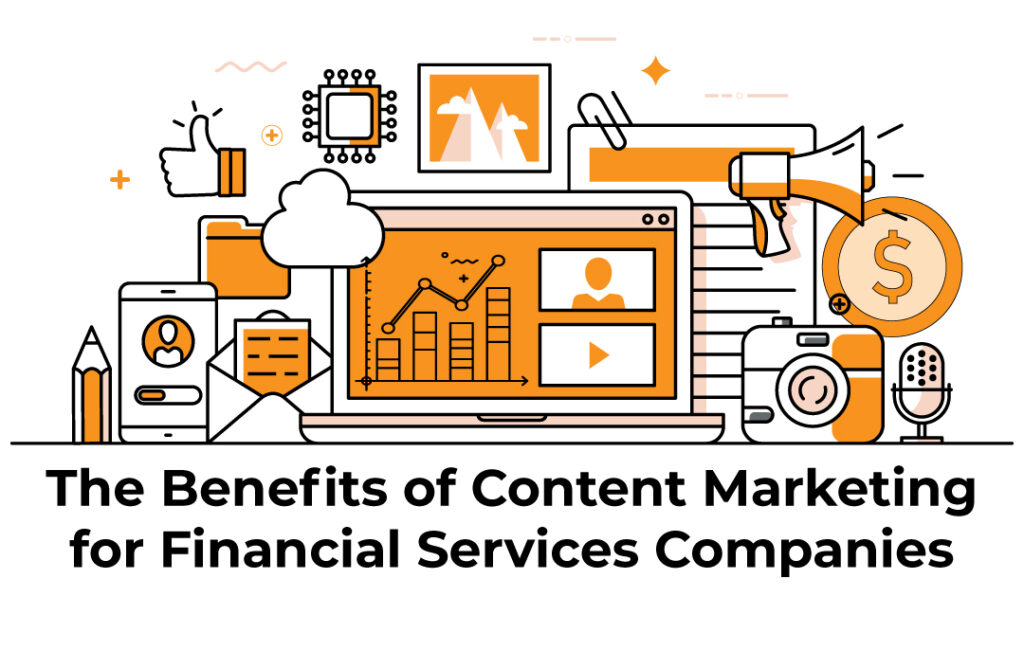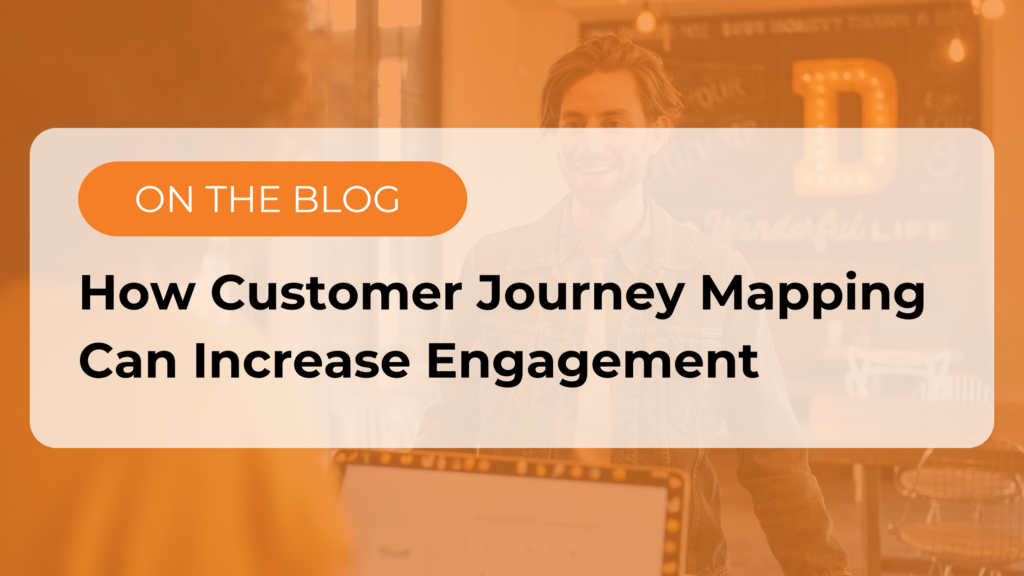Social media, both organic and paid, is one of the most popular marketing channels for businesses today. Organically, it’s a way to reach a massive audience with virtually no media cost, while paid social media, allows businesses to hyper-target their ads to maximize their ROI.
However, it can also be a huge time and money sink with little to no reward if not done properly.
Today, we’re going to look at three ways businesses can win with Twitter, plus a few disadvantages that businesses should look out for before they invest. Here we go!
1. Highly trackable
Depending on the sophistication of your technology stack, you can track the results of Twitter campaigns extremely effectively. Just measuring click-throughs to a website or landing page is a great start. However, businesses can also build up an understanding of the role Twitter plays in the buying cycle using attribution modeling — invaluable information when it comes to optimizing your customer journey.
2. You might go viral
The dream of all organic social media marketers is to go viral and blow up on Twitter. Even a single tweet going viral can boost the awareness of a small business to new heights.
3. Immediacy
Even now, Twitter retains something other social media networks lack: a sense of immediacy.
It’s a place for news, updates, and time-sensitive content. It is not a place to push evergreen content, but a place to quickly go to gain exposure and leave. This makes it a great platform to utilize when you want to jump onto industry trends, captivate audiences, show personality, build your brand value and make your business more human.
Disadvantages
On the flip side, there are a few disadvantages for Twitter when it comes to marketing and advertising.
1. Highly competitive organic space
Twitter can be a difficult space to gain organic traffic. While the potential reach is huge, the Twitterverse is so big and so noisy that organic traffic — painstakingly curated and time-consuming to execute — often doesn’t get real traction or make a real impact despite significant investment.
2. Limited targeting options
While you do have plenty of targeting options, Twitter is missing the critical demographic data information that many businesses rely on for their campaigns. It makes it much more difficult to target effectively and usually results in a more blanket-approach to messaging. While this can be effective, it also means Twitter isn’t right for everyone.
3. Not everyone’s on Twitter
More than other social networks, Twitter struggles with a “breadth of user” problem. It tends to attract a specific type of business, service and person: interested in tech (or politics), 30-40 and usually male. If your audience is in that sweet spot, great! But many businesses are targeting people who don’t fit that profile, which means Twitter probably isn’t the best social network for them.
4. Wrap up
Businesses often fall into the trap of thinking social media is free. It’s not. It’s either a paid ad channel, or it takes time, commitment and resources to keep running. Which means it’s a tool like any other. For some businesses, it can be tremendously effective, driving engagement, awareness and sales. For others, it won’t work at all. It’s about evaluating what your objectives are and selecting the right tool for the job.
Need help deciding if Twitter is right for you? We can help!






